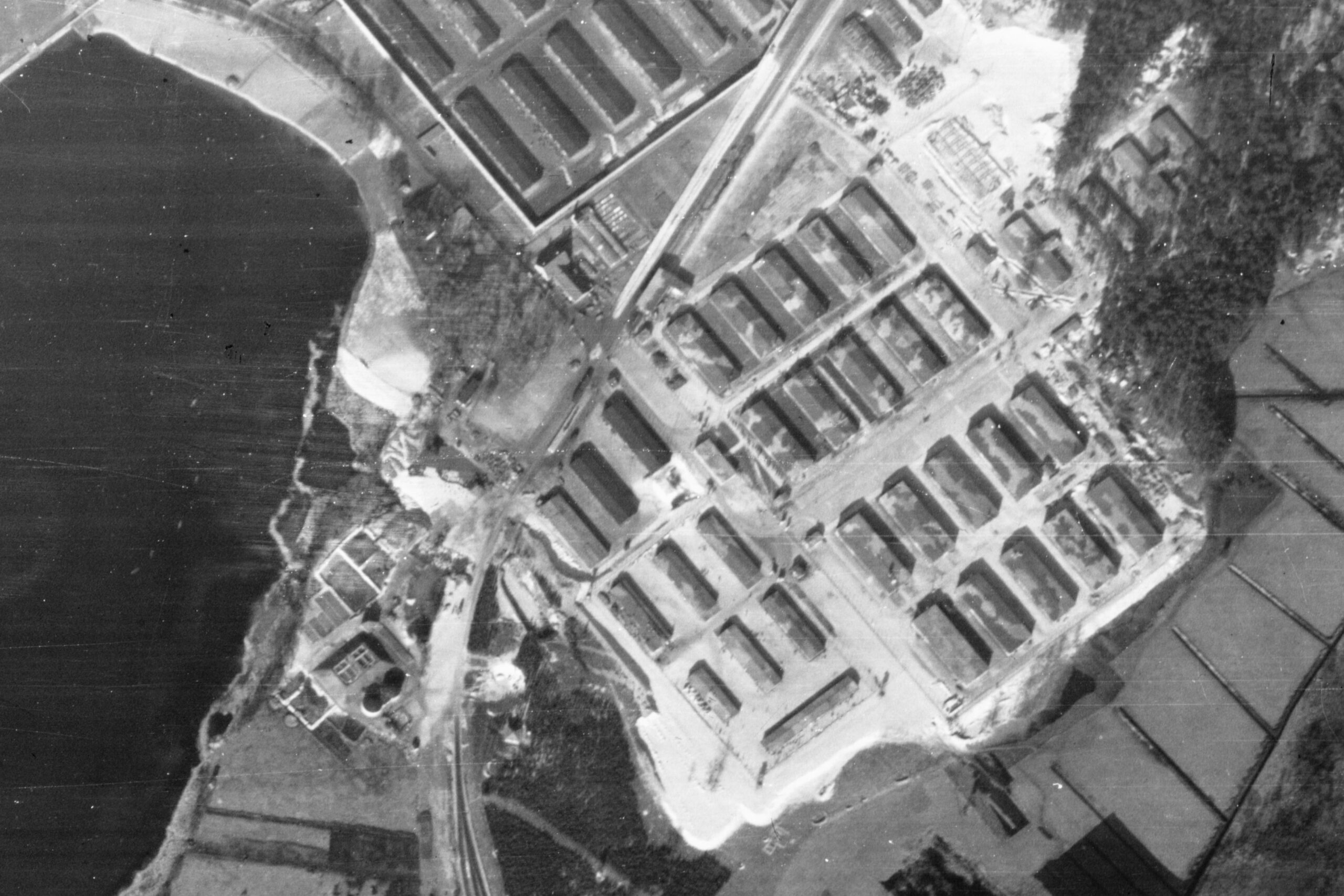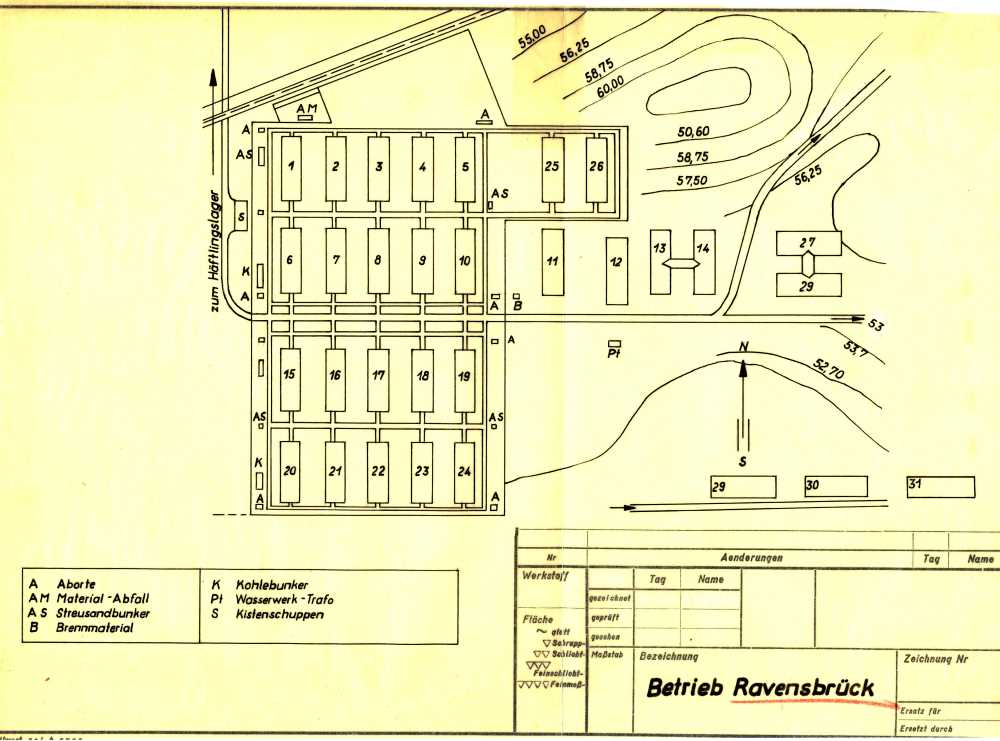The „Fertigungsstelle (“production centre”) Ravensbrueck“ of the Siemens & Halske AG was the first cooperation of the SS and the air traffic ministry of the Third Reich in which prisoners were used for armaments production in direct proximity to a KZ. Only female prisoners were employed in the production. From 24. August 1942, initially 50 women had to do precision work spooling coils and producing microphones, telephones and electronic parts. In 1944, there were approximately 2400 prisoners as well as 80 civilian workers, and towards the end of that year, Siemens built barracks near the production center to house the forced laborers.
„Due to the importance of electronics for the entire industry and the war machine, Siemens participated in the arms manufacturing boom of the Third Reich from early on,
and so was one of the first businesses to experience a scarcity of labour. Therefore it also experienced the use of forced labour very early too. For example, Siemens-Bauunion (Siemens Building Association, TN): Jewish forced labourers from
the ghettos and labour camps in Eastern Europe were used as early as 1939 to repair bridges over the river Weichsel (Vistula). By February 1943 German Jews were made to work in the
production facilities in Berlin and female prisoners from KZ Ravensbruck began as early as summer 1942 to produce utilty sinks, switches and microphones there.
The percentage of forced labourers in the Siemens workforce – Jews, migrant workers, prisoners of war and concentration camp prisoners – was considerable and it had already reached 30% of the overall workforce in 1943.“
– Rolf Schmolling; Forced labour at Siemens, Master’s thesis, Technical University of Berlin; 4. November 1997

